The Home Front is an ongoing series where we highlight the mission and ministry taking place around our territory. We will visit each Canadian province and territory, as well as Bermuda, and celebrate the innovation and impact the Army is having in corps, social services and youth ministry.
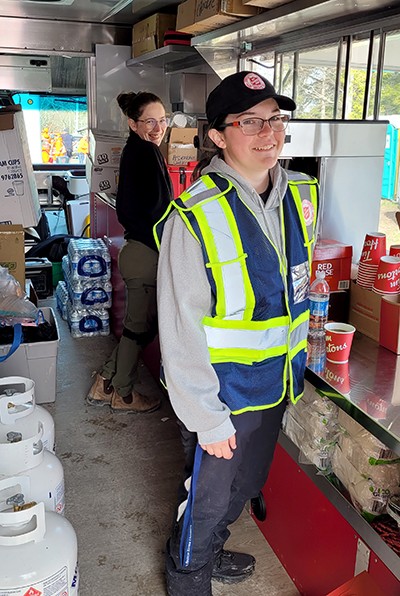
community response vehicle
(Photos: Lieutenant John Burton)
Community Response Vehicle
In September 2022, hurricane Fiona made landfall in Prince Edward Island, with torrential rain, violent wind and relentless storm surge, causing major coastal erosion and destruction of infrastructure. In the aftermath of the storm, The Salvation Army’s emergency disaster services (EDS) mobilized a community response vehicle (CRV) from Saint John, N.B., to assist the community. This year, the Army introduced a dedicated CRV for the province, the only one of its kind.
“Having a truck in P.E.I. is a good move, because we were the only maritime province without one, and we are an island,” says Lieutenant Beverly Burton, who serves with her husband, Lieutenant John Burton, as corps officers at Charlottetown Community Church. “So, in the event of a major disaster, if Confederation Bridge becomes unpassable, it’s nice to have a truck right here on the island that we can use to respond more quickly to our friends and neighbours in those difficult times.”
After the hurricane, many islanders stepped forward to join the EDS team. About 20 volunteers have now completed the introductory training, and plan to take further courses so they can assist with emotional and spiritual care and canteen operations.
While winter storms are common in Atlantic Canada, Lieutenant Beverly notes that climate change is affecting the need for EDS support.
“We’ve never had forest fires in the Atlantic region like we’ve had in the last few years,” she says. “As climate change becomes more of a problem, we’re seeing more fires for longer parts of the year. We just want to be as ready as we can.”
As well as being prepared to respond to emergencies, the truck will also allow them to serve the community in other ways, such as providing cold drinks in summer and hot soup in winter and supporting local first responders.
New Roots
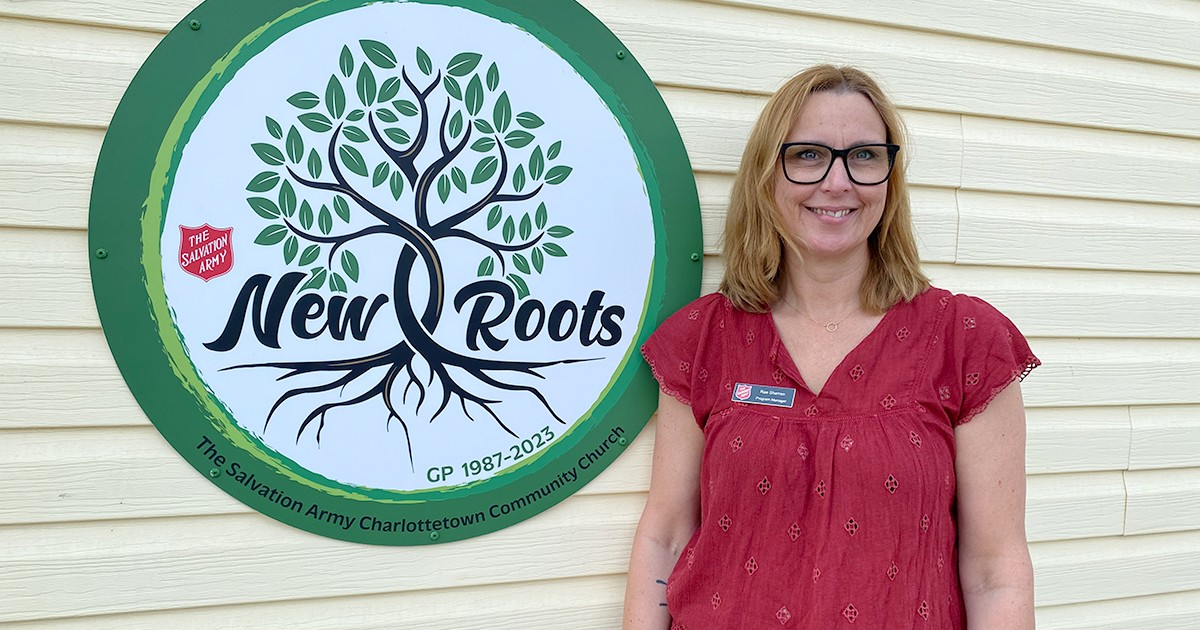
When Rae Sherren thinks about Grant, a former participant of The Salvation Army’s New Roots transitional housing program in Charlottetown, it still brings tears to her eyes.
“He’s the one who suggested the name for our program. He told me, ‘I know you love trees, and that’s what we do here—we plant ourselves and grow new roots.’ It was beautiful,” says Sherren, program manager. “But he struggled a lot. Before coming here, his favourite place to sleep was under the wharf.”
New Roots is a low-barrier, supportive accommodation for men that helps to bridge the gap between homelessness and permanent housing. The year-long program offers structure and guidance to address mental and physical wellness, build healthier habits and connect to useful resources.
“People who are living rough, or accessing shelters, can lose that sense of independence and the life skills they need—basic cooking, budgeting, finding the best deals at the grocery store,” says Sherren. “We’re here to support in building those life skills and helping to make positive changes so they can move on and be successful and independent.”
They recently adopted Pathway of Hope, which helps participants develop a plan and set their own goals. But what makes the biggest difference?
“It’s the fact that they are treated with dignity, like they’re worthy,” says Sherren. “We walk beside them, but we’re not telling them what do to. We’re here to empower them to make decisions that they feel good about.”
Grant was working to overcome his challenges, but eventually they were too much for him and he died by suicide. Sherren had his initials added to the New Roots sign in his memory.
“He was so proud to be here. I’m glad that we gave him that sense of belonging."
Rebuilding Youth Ministry

If you ask Opemipo Agbaje about teen camp at The Salvation Army’s Scotian Glen Camp in Thorburn, N.S., she’ll tell you about playing games, canoeing, making crafts, spending time in worship and meeting people from other Army corps. There was only one thing wrong with camp—it wasn’t long enough.
“We’ve seen the impact camp has had over and over again,” says Lieutenant Beverly Burton. “It’s just such an amazing opportunity for kids to get outside and learn that God loves them.”
“It’s an important way to reach out to kids in the community,” adds Lieutenant John Burton. “Like many corps, ours is aging. Camp is a starting point for rebuilding our youth ministries here in Charlottetown.”
When they arrived three years ago, the camping ministry was very small, with only five positions available for younger kids to go to Adventure Camp. This year, they sent 20. And for the first time, they also sent seven teens to camp, including Agbaje.
When Agbaje returned, Major Derrick Barrow, a retired officer who attends the corps, invited her to participate on the worship team.
“He said, ‘You sang a lot at camp, right? Would you like to sing for the church?’ ” she recalls.
“Our music probably isn’t the same as at camp, but they seem to enjoy being connected like that,” says Lieutenant Beverly.
“Now we need to keep it going,” says Lieutenant John. “We don’t know what that looks like yet, but we want our youth to know they are valued.”
“It’s something that needs to grow organically,” Lieutenant Beverly says. “The most important thing we can do is listen, keep an open mind and try and make them feel like they’re part of a community.”
Garden of Hope
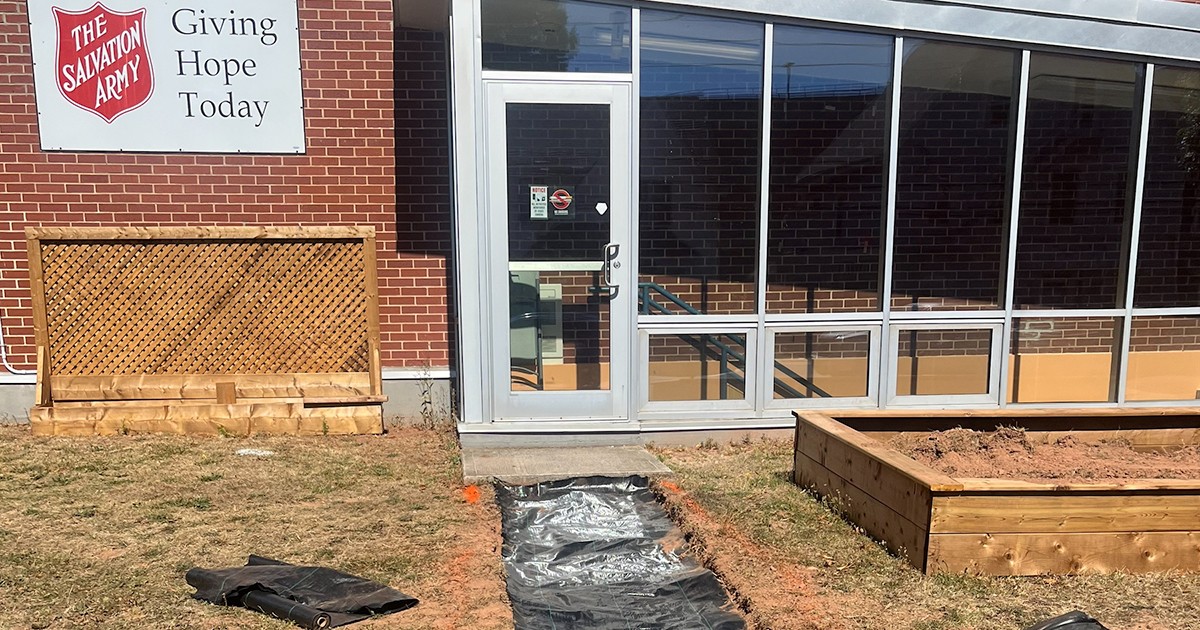
Next spring, the corner of Prince Street and Fitzroy Street will be ablaze with colour, thanks to the buckets and buckets of tulips planted in a new Garden of Hope at Charlottetown Community Church.
“We wanted to invite others to see what’s happening here,” says Scott MacIsaac, chaplain at The Salvation Army’s Bedford McDonald House and New Roots, who led the construction project, “and to provide an opportunity for people to get their fingernails dirty and engage creatively—whether that’s members of the church, clients, staff or volunteers.”
The garden is about 24x12 metres, with three raised beds for flowers and vegetables and a winding pathway. A smaller box will allow climbing plants to grow up the side of the building around the Salvation Army sign. Eventually, they also hope to add trees and shrubs.
The garden is already drawing attention and building community. Clients from the Army’s social programs helped with construction, passersby have stopped to ask questions and the company who provided the topsoil donated their labour.
The vegetable bed will support the Army’s kitchen program, but other ideas for the garden are still growing.
“We have the basics. Now people can ask, what about a water feature? Or garden art? Or a partnership with a community college?” says MacIsaac. “The seeds that are being planted now encourage participation. Let’s see what opportunities are available. I’m excited about where it goes from here.”
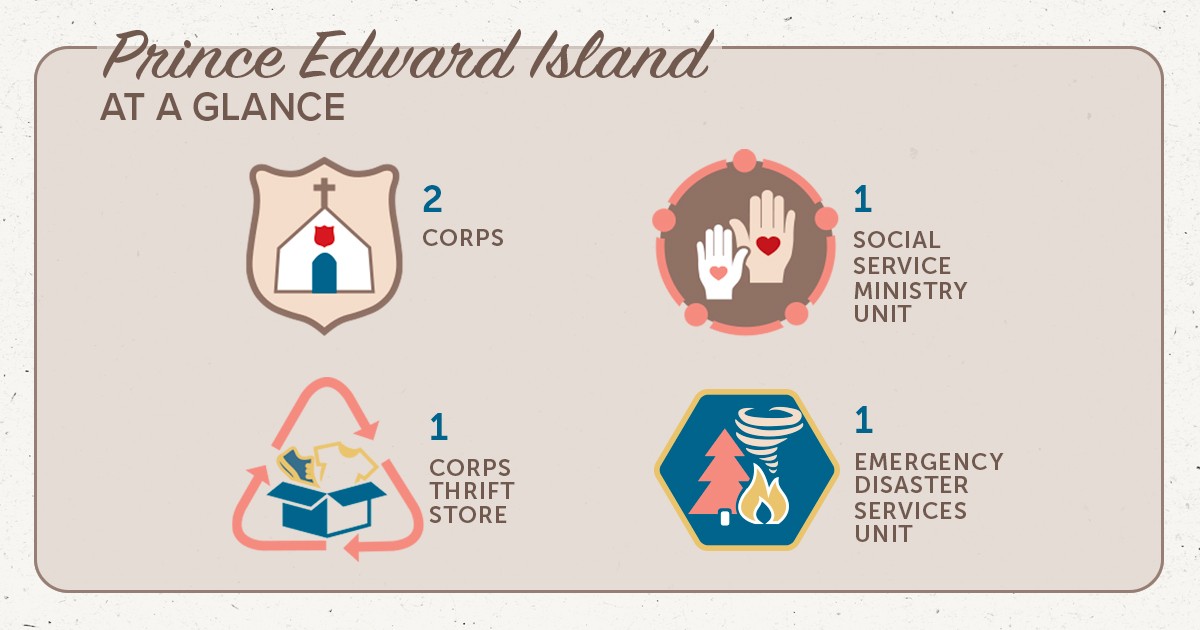
Prince Edward Island
At A Glance
LT-COLONEL SCOTT RIDEOUT
Divisional commander
LT-COLONEL MICHELLE RIDEOUT
Divisional officer personnel secretary and divisional secretary for spiritual life development
2 Corps
1 Social Service Ministry Unit
1 Corps Thrift Store
1 Emergency Disaster Services Unit
This story is from:





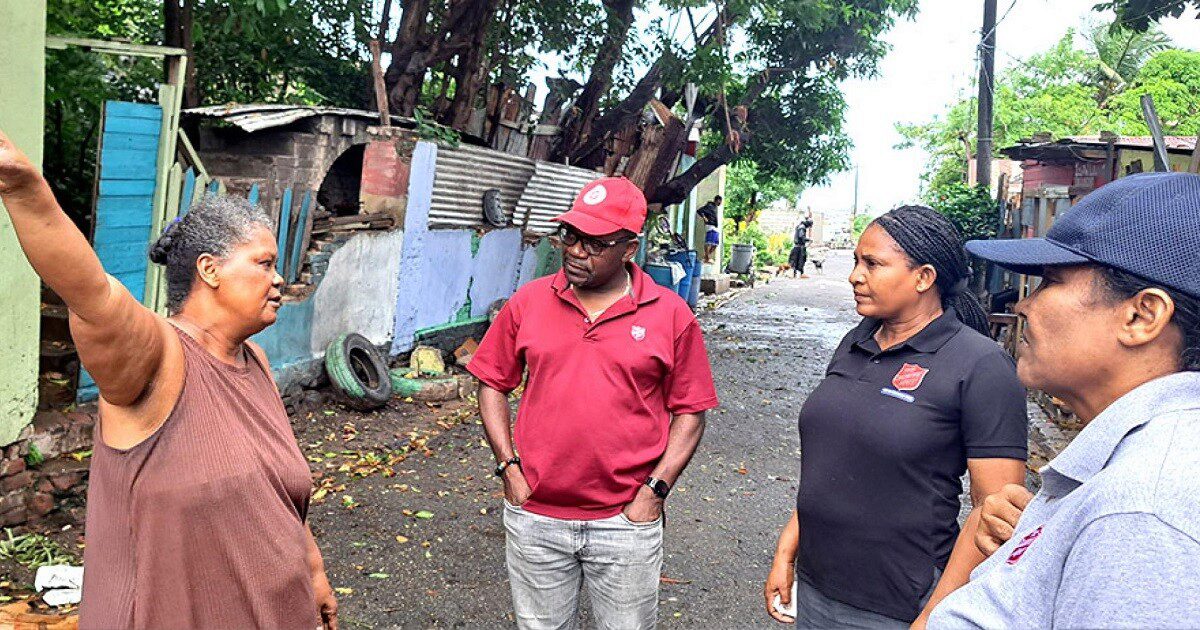

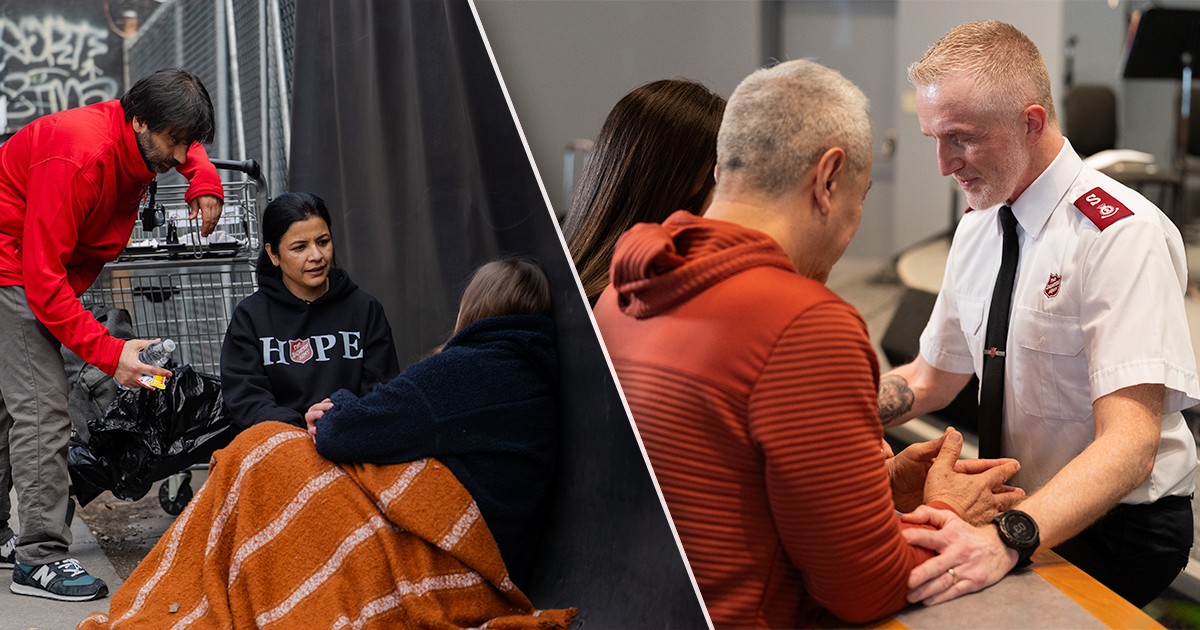


Leave a Comment